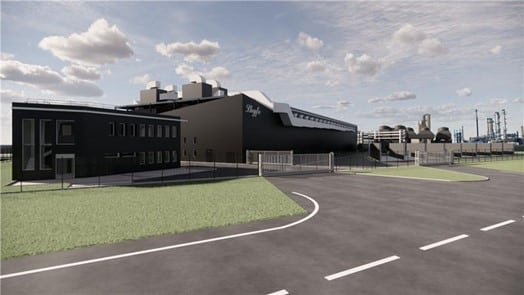Lhyfe (EURONEXT: LHYFE), a European leader in renewable hydrogen production, has officially secured a €149 million grant from the French government for its flagship Green Horizon project—an industrial-scale green hydrogen production plant in Le Havre, Normandy. The grant was formally confirmed with the Prime Minister’s signature and will be distributed in phases through a contract signed with Bpifrance.
This facility, set to produce up to 34 tonnes of green hydrogen per day, is one of France’s most significant green hydrogen investments to date. The project was initially selected in 2022 under the European Commission’s IPCEI (Important Projects of Common European Interest) hydrogen program and was validated in February 2024.
Funding Timeline and Implementation
Under the agreement with Bpifrance, Lhyfe will receive an initial €18 million advance by June 2025 to support ongoing investments and kickstart the next stages of development. The remainder will be disbursed in tranches, tied to milestone achievements and documented eligible expenditures over a four-year period, with a maximum total grant value of €149 million.
A Strategic Site for Industrial Decarbonization
Planned for a 2.8-hectare site in Gonfreville-l’Orcher, near the Grand Canal du Havre, the Green Horizon facility will help decarbonize one of Europe’s largest industrial-port zones. The site is adjacent to Yara’s industrial facility, a potential key consumer of the hydrogen, which supports Lhyfe’s project as part of its own decarbonisation roadmap.
Once operational by 2029, Green Horizon will become one of France’s first large-scale green hydrogen production sites using water electrolysis powered by renewable electricity. It will primarily supply hydrogen via pipeline directly to industrial customers.
Supporting France and Europe’s Climate Goals
This project supports France’s target of 4.5 GW of installed electrolysis capacity by 2030, and helps meet EU greenhouse gas reduction goals outlined in the Paris Agreement. It demonstrates both the technical feasibility and economic viability of renewable hydrogen as a cornerstone of the energy transition, especially in sectors where direct electrification is not feasible.
A Proven Track Record in Hydrogen Innovation
Lhyfe has been a front-runner in green hydrogen since launching its first plant in 2021. Today, the company operates four production sites across France and Germany and has made over 470 deliveries in 2024 alone, supplying nearly 50 customers in eight European countries with one of Europe’s largest container fleets for hydrogen transport.
The Green Horizon site will deliver hydrogen mainly by pipeline, setting a new benchmark for on-site industrial integration. Lhyfe is also known for world-firsts in hydrogen innovation, including the first facility powered directly by offshore wind and hydrogen production using seawater.
Strong Endorsement from France and the EU
“This grant reflects a powerful vote of confidence in Lhyfe’s industrial vision and ability to deliver complex, high-impact projects,” said Matthieu Guesné, founder and CEO of Lhyfe. “Green Horizon marks a major leap forward not just for us, but for France’s energy transition. With this project, Lhyfe will surpass 100 MW of installed electrolysis capacity, marking a true industrial breakthrough.”
Lhyfe has already submitted its building permit and environmental authorisation for the site, with grid connection and renewable power availability secured.
With the Green Horizon project, Lhyfe reinforces its status as a pioneer of green hydrogen in Europe, laying the groundwork for industrial decarbonisation at scale and helping transform France into a global leader in clean energy.



